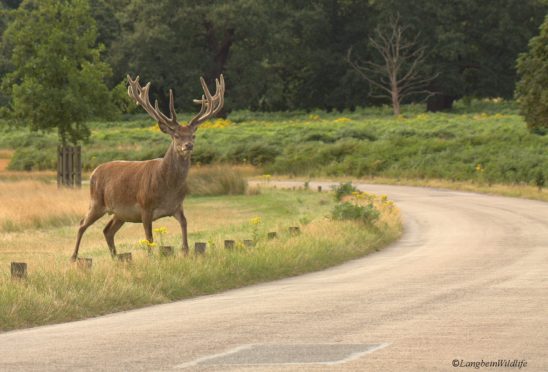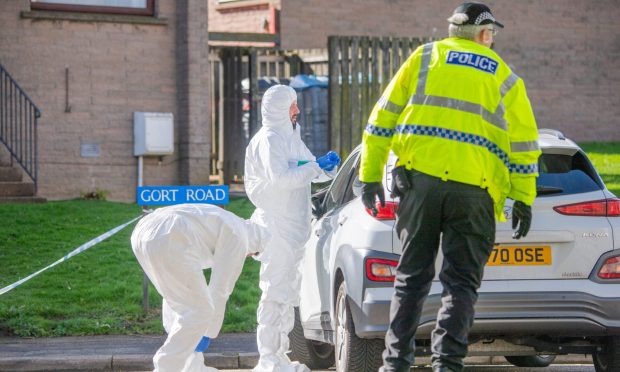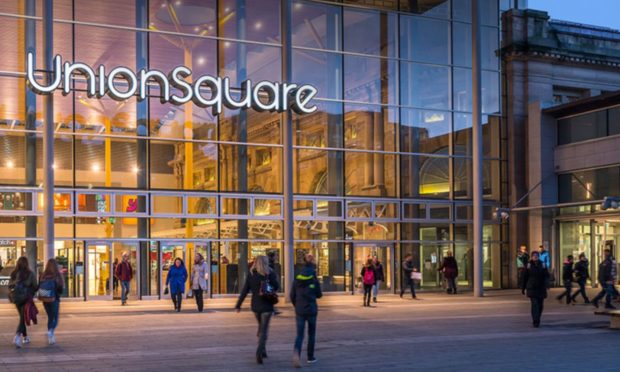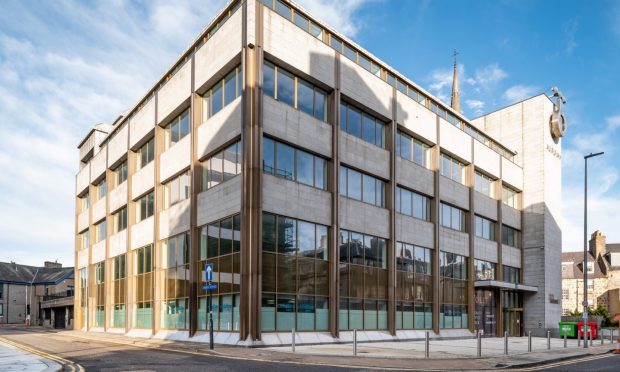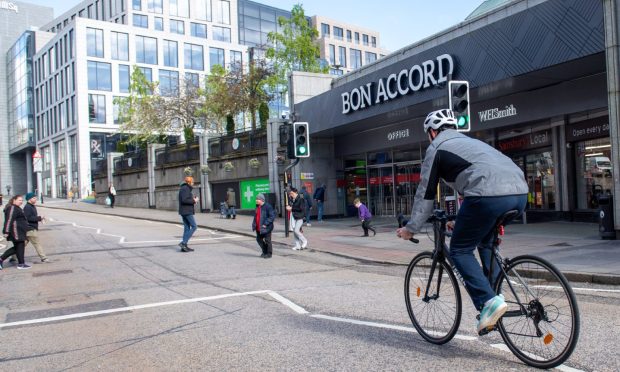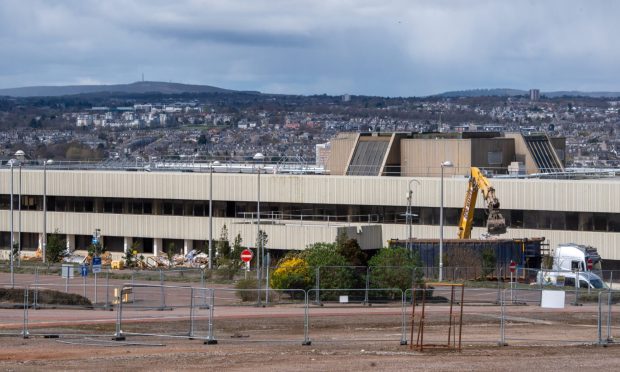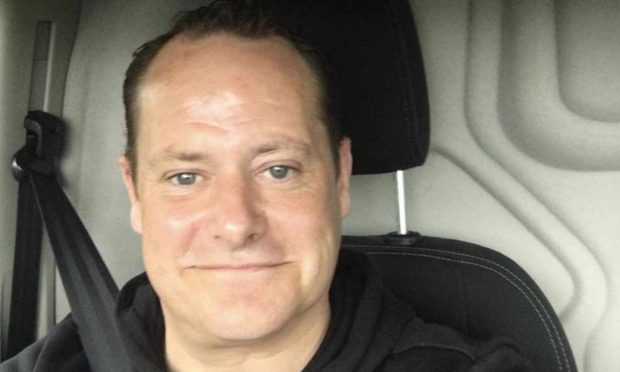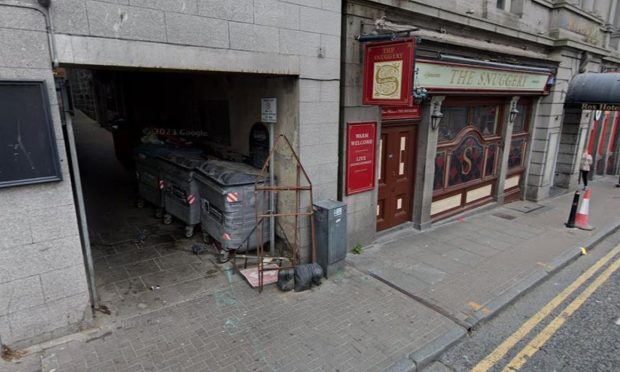Motorists are being warned to be extra vigilant for the next few weeks as Scotland’s young deer search for new territory.
Scottish Natural Heritage (SNH) has said they are more likely to be seen near to roads and their is an increasing likelihood they may jump out on to carriageways.
Nearly 9,000 collisions occur between vehicles and deer in Scotland every year, according to SNH.
And with growing numbers of wild deer across the country, and the widening of their range, there has been an increase in deer collision rates.
The largest increases have been recorded in Aberdeenshire, Fife and the Central Belt.
Variable Warning Messages (VMS) will be posted on electronic road signs, between Monday and June 10 in an effort to raise awareness.
Jamie Hammond, SNH deer management officer, said: “During peak times in particular, we advise motorists to slow down and watch for deer crossing roads.
“Be aware that if you’re driving near woods, deer can suddenly appear before you have time to brake.
“If you do hit a deer, please report it to the police, even if you’re uninjured and your car isn’t damaged, as the deer may be fatally injured and suffering.”
Dr Jochen Langbein of the Deer Vehicle Collisions Project added: “In Scotland, as in the rest of the UK and many other European countries, wild deer populations have significantly expanded their ranges over recent decades.
“Roe deer in particular have become well established in the urban fringe of many major towns and have also spread into parks and other green spaces close to the centre of cities such Glasgow, Aberdeen and Edinburgh.
“Although many people think most accidents with deer and vehicles occur on more remote Highland roads, in Scotland at least 40 percent are recorded on A-class trunk roads or motorways.”
The VMS messages will be targeted at roads with high rates of deer-vehicle collisions, covering areas within the Central Belt around Glasgow and Edinburgh, as well as in areas around Stirling, Kinross, Perth, Dundee, Aberdeen and Inverness.
The signs will display the warning message ‘Caution: high risk of deer on road’.
Transport Scotland’s advice to drivers is not to swerve suddenly to avoid hitting a deer, as a collision into oncoming traffic could be worse.
Any deer collisions should be reported to the police. Injured deer should not be approached as they may be dangerous.
